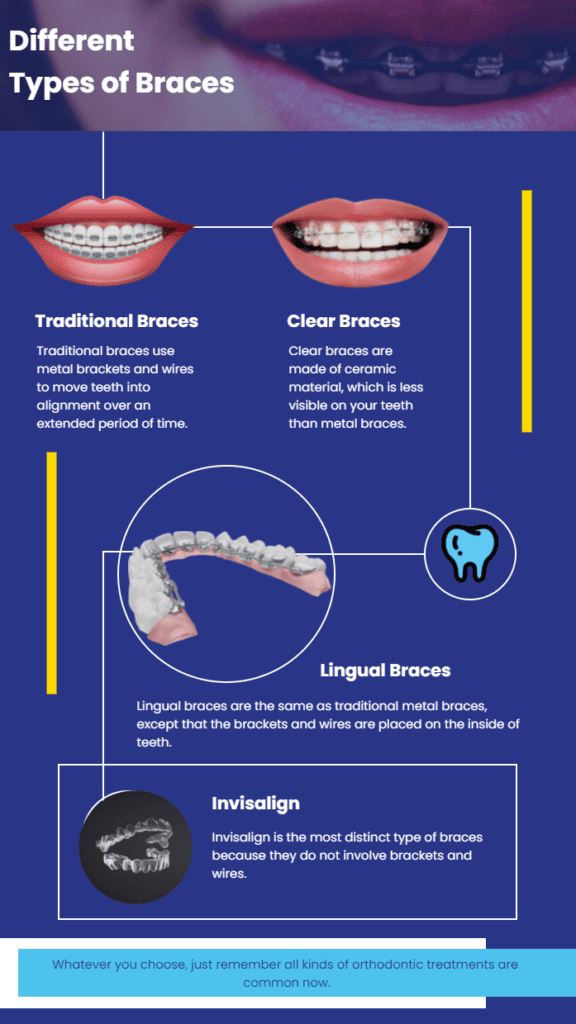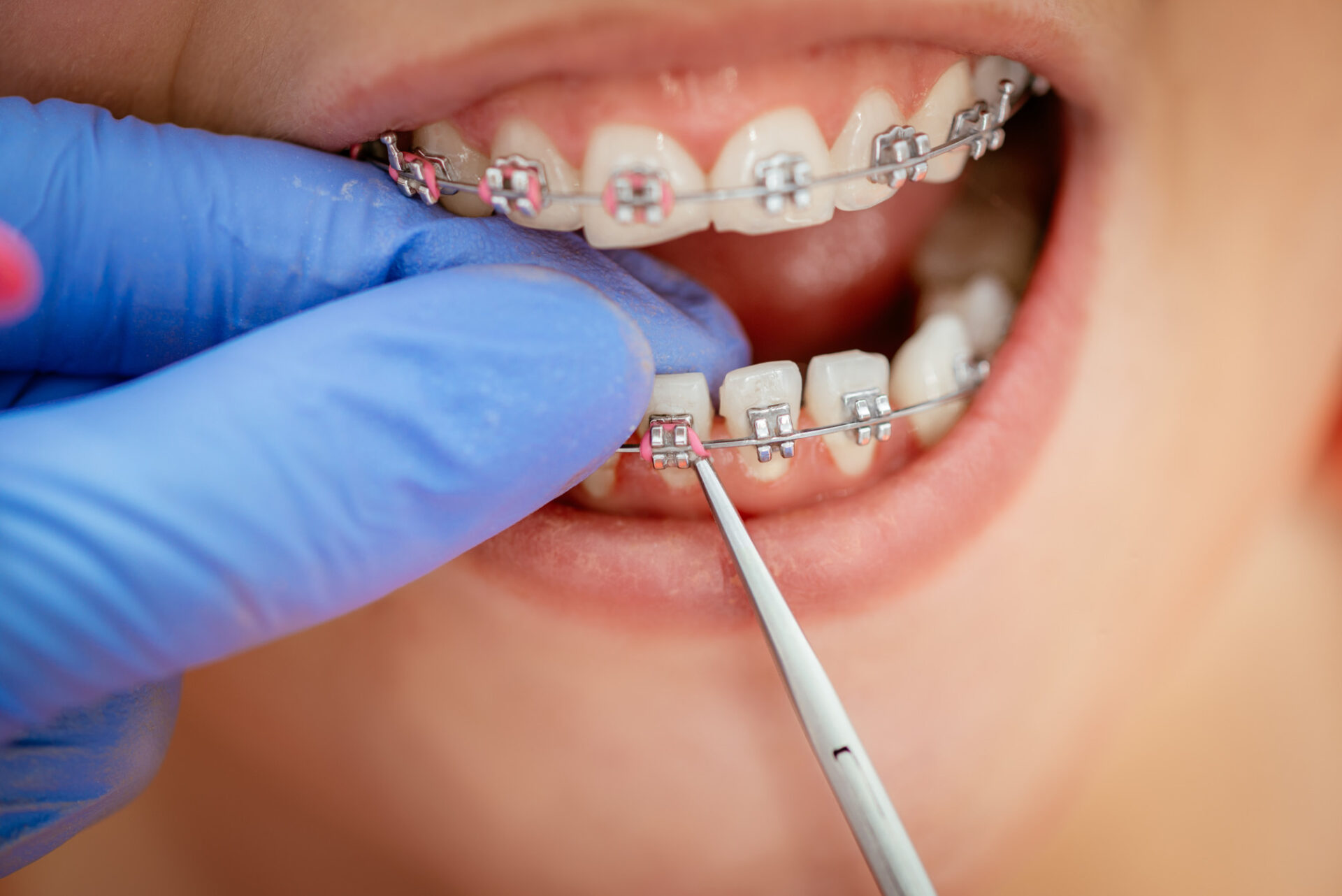Comprehensive Overview to Orthodontics Procedures for Remedying Dental Misalignments
In the world of orthodontics, the journey to attaining a perfectly lined up smile entails a myriad of procedures customized to correct oral imbalances. From conventional dental braces to invisible aligners and even medical options, the field of orthodontics offers a variety of solutions to deal with differing degrees of oral irregularities. Comprehending the intricacies of each treatment, including their devices, benefits, and possible drawbacks, is crucial in making notified choices regarding one's orthodontic therapy. As we browse through the thorough overview to orthodontic procedures for dealing with dental imbalances, the elaborate details of each technique will unravel, shedding light on the course toward a functional and harmonious dental placement.
Orthodontic Procedures Overview

Along with clear aligners and traditional braces, orthodontists might additionally recommend various other treatments like headwear, palatal expanders, or retainers to resolve particular alignment issues (cumming orthodontist). These treatments are tailored to each client's special demands and may involve a combination of treatments to attain the preferred results. Routine changes and tracking are vital components of orthodontic treatment to ensure progression gets on track and to make any kind of needed alterations in the process. By going through orthodontic treatments, individuals can not only accomplish a straighter grin but additionally improve their general dental health and function.
Standard Dental Braces: Just How They Work
When considering orthodontic treatments for oral misalignments, traditional dental braces stand out as a time-tested technique for fixing teeth positioning. Traditional dental braces are composed of brackets, wires, and bands that function with each other to apply constant pressure on the teeth, slowly relocating them into the preferred alignment.
As pressure is applied to the teeth with the dental braces, the bone bordering the teeth is improved to support the new tooth settings. Patients will need routine modifications at the orthodontist's workplace to ensure the braces proceed to use the proper pressure for effective teeth motion.
Unseen Aligners: Benefits And Drawbacks
These clear, personalized trays are basically unnoticeable when used, making them an enticing choice for people looking for an extra visually pleasing orthodontic treatment. Patients can remove the aligners prior to consuming or cleaning their teeth, lowering the danger of food getting stuck in the home appliance and simplifying the cleansing procedure.

Surgical Orthodontic Options
Surgical treatments in orthodontics existing viable choices for attending to intricate dental imbalances that may not be efficiently resolved through traditional orthodontic treatments. While undetectable aligners and conventional braces can remedy lots of orthodontic issues, certain instances require surgical intervention to achieve optimal outcomes. Surgical orthodontic alternatives are commonly advised for severe malocclusions, see this here substantial jaw inconsistencies, and cases where the underlying bone framework needs alteration to attain appropriate positioning.
One common surgical orthodontic treatment is orthognathic surgical treatment, which involves rearranging the jaws to deal with practical issues such as trouble speaking or eating. This surgical treatment is usually carried out in collaboration with an orthodontist who assists straighten the teeth prior to and after the treatment. Surgical orthodontics might likewise include treatments to expose impacted teeth, eliminate excess gum cells, or improve the jawbone to develop an extra harmonious facial account.
Prior to taking into consideration surgical orthodontic options, individuals undergo a comprehensive evaluation to establish the need and potential advantages of such interventions. cumming braces. While surgical treatment might seem challenging, it can substantially improve both the feature and looks of the smile in cases where standard orthodontic treatments drop short
Retainers and Post-Treatment Care

Post-treatment care entails complying with the orthodontist's instructions carefully. This may consist of proper dental hygiene practices, attending follow-up consultations, and using the retainers as prescribed. Failure to follow post-treatment treatment guidelines can result in relapse, where the teeth progressively move back towards their initial settings. Constant retainer wear, great oral hygiene, and normal oral examinations are crucial for preserving the outcomes achieved via orthodontic surgery and making certain the long-term security of the fixed oral positioning.
Conclusion
In final thought, orthodontic procedures use various options for fixing dental imbalances. Typical dental braces make use of steel brackets and wires to shift teeth into correct placement. Unseen aligners give an even more very discreet option however may not appropriate how do i find a dentist for all instances. Surgical orthodontic alternatives are offered for a lot more severe misalignments. Retainers are typically used post-treatment to preserve the new alignment. On the whole, orthodontic treatments can efficiently improve oral health and wellness and aesthetic appearance.
As we browse through the comprehensive overview to orthodontic treatments for fixing dental misalignments, the intricate information of each technique will certainly unfold, shedding light on the course towards a harmonious and functional oral positioning. - braces
One of the most common orthodontic treatments is the use of dental braces, which consist of steel brackets and cords that apply gentle stress to gradually move teeth right into the wanted setting.When considering orthodontic treatments for oral imbalances, typical dental braces stand out as a time-tested technique for fixing teeth positioning. Furthermore, invisible aligners may not be ideal for complex orthodontic concerns that require more significant teeth motion, as they are usually recommended for light to modest situations. Retainers are tailor-made orthodontic devices developed to hold teeth in their fixed positions after the completion of orthodontic therapy.